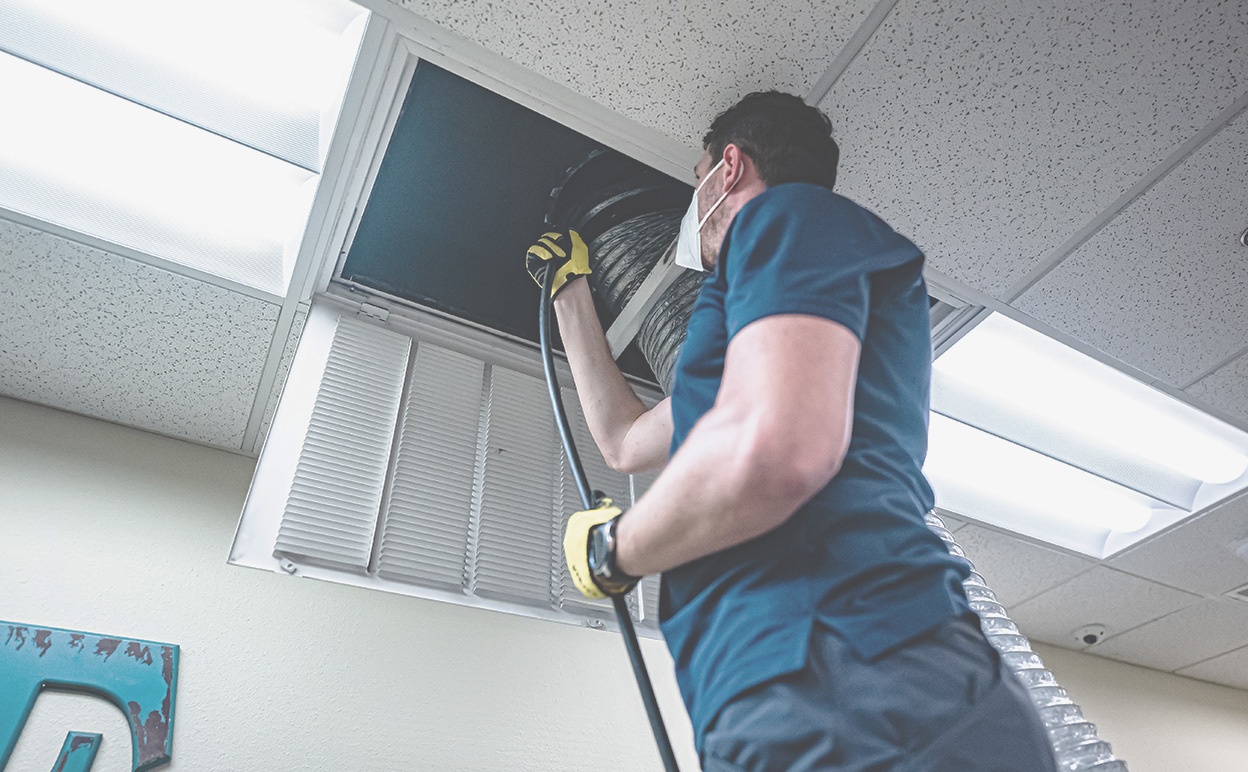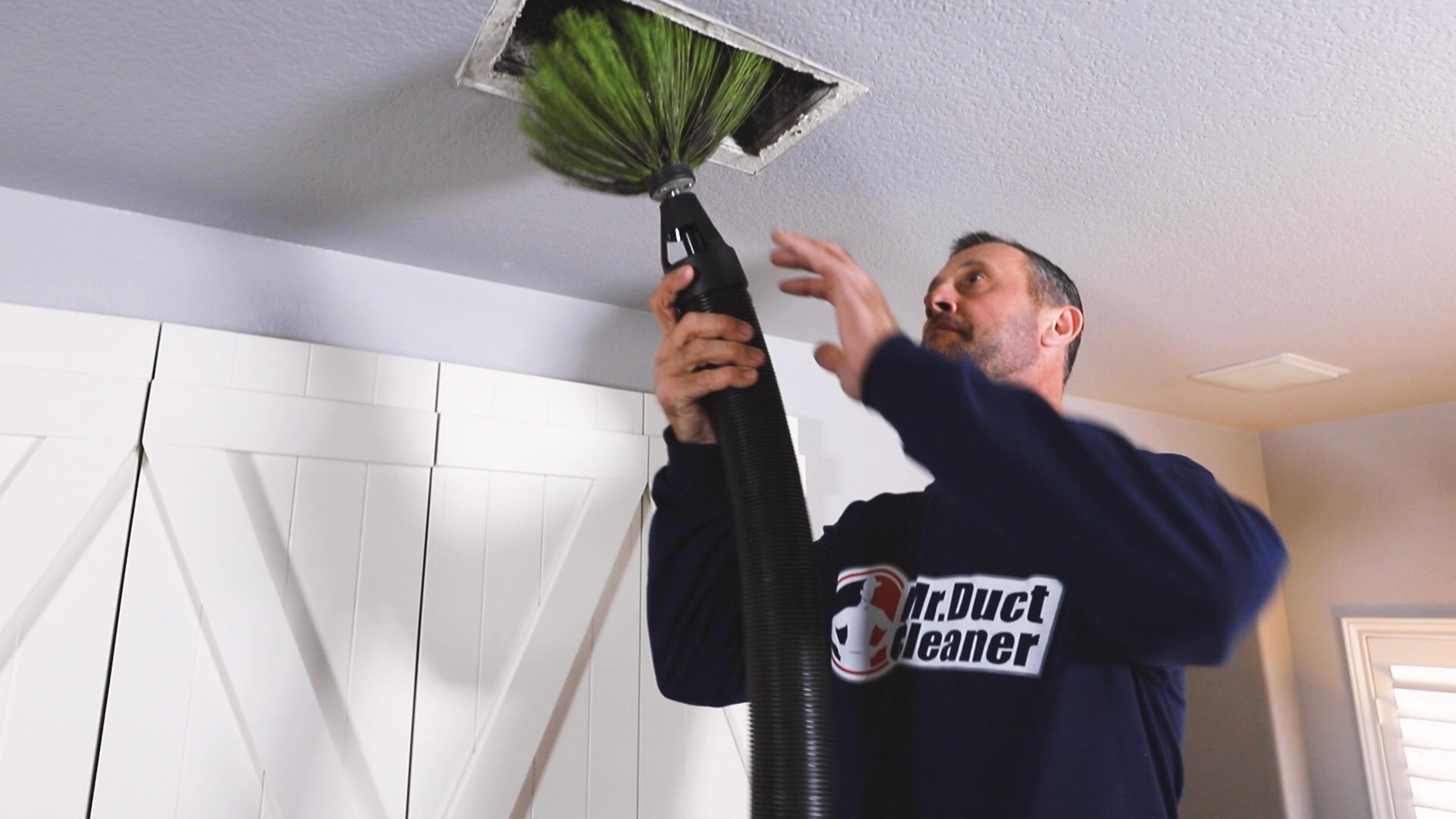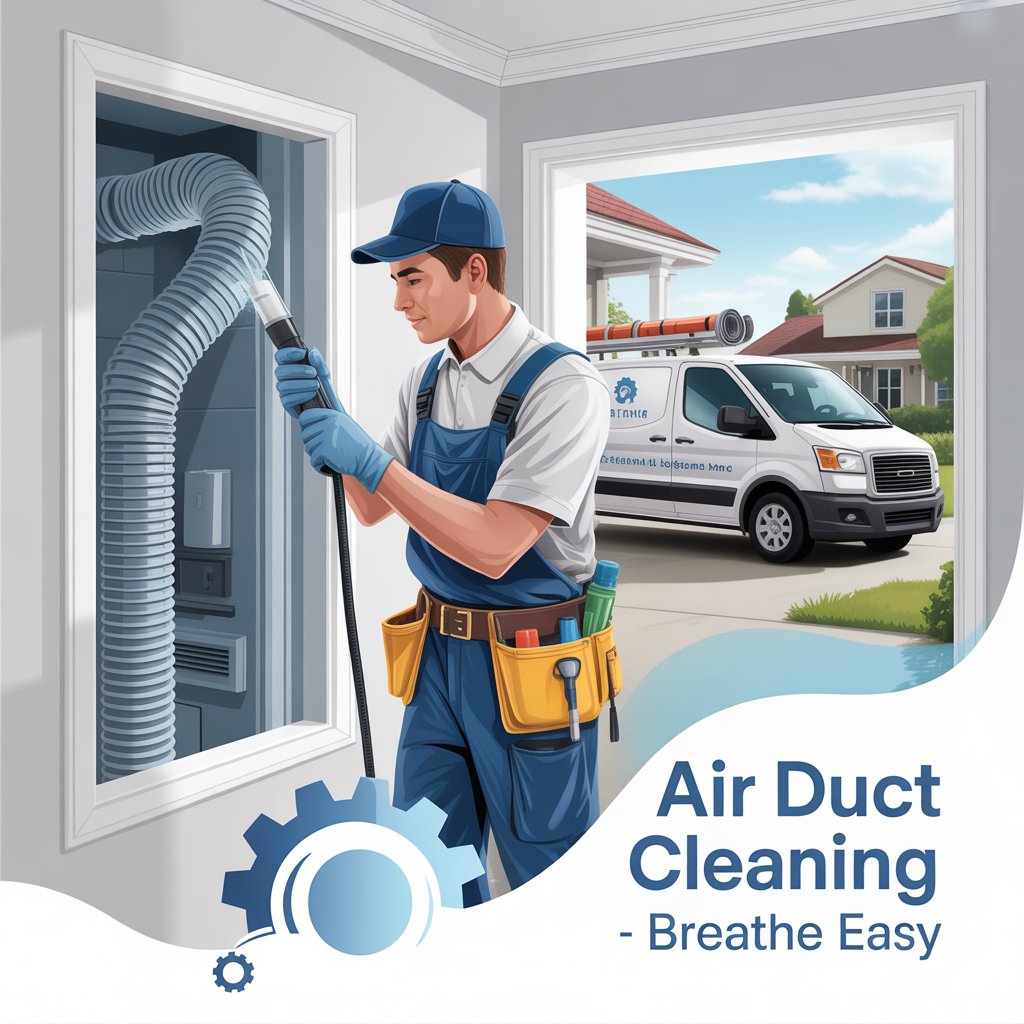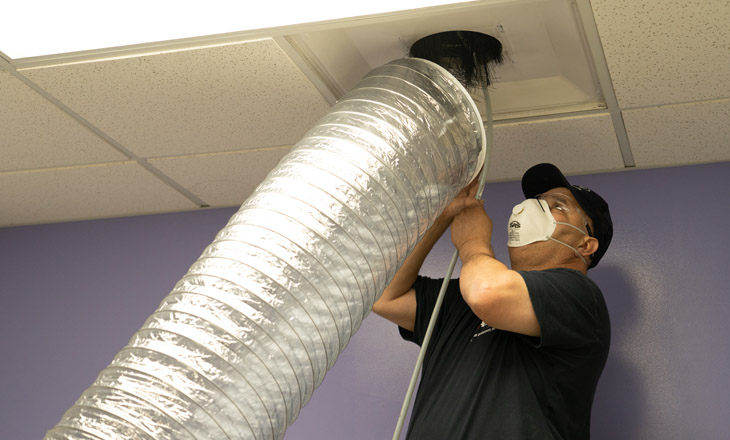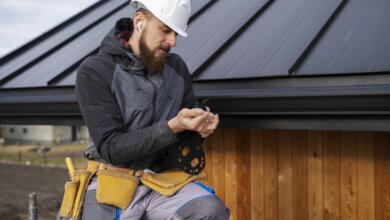
If you’re a homeowner in Carlsbad, you’ve probably been told at some point that your chimney liner needs attention. Maybe a contractor suggested a replacement during a routine check, or perhaps you saw a little bit of crumbling inside your fireplace and started to worry. But is chimney liner replacement really a must for safety, or is it just an easy way for companies to pad their invoices? Let’s cut through the confusion and talk honestly about when you need a new chimney liner—and when you might not.
Key Features of a Chimney Liner: What’s Actually Going On Up There?
Think of your chimney liner as the unsung hero inside your chimney—kind of like the lining of a good winter coat. It’s tucked away, but its job is super important. The liner protects your home from heat, keeps dangerous gases from sneaking into your living room, and helps smoke exit your house smoothly. But not all liners are the same: some are made of clay, others of metal, and some are flexible tubes that fit into older chimneys.
| Feature | Clay Liner | Metal Liner | Flexible Liner |
|---|---|---|---|
| Durability | 20-30 years | 15-25 years | 10-20 years |
| Maintenance | Low, but cracks easily | Low, resists corrosion | Medium, easier to install |
| Cost | $$ | $$$ | $$ |
| Best For | Older homes | Newer builds, gas appliances | Retrofits, tight bends |
Safety First: Is a New Chimney Liner Always Necessary?
Here’s the real deal: sometimes, yes, replacing your chimney liner is absolutely about keeping your house (and family) safe. Over time, heat, moisture, and smoke can wear out even the toughest liners. Cracks, holes, or missing sections can allow fire or carbon monoxide to sneak into your walls or living spaces. If a professional shows you clear evidence—like visible gaps, heavy crumbling, or signs of smoke leakage—it’s smart to listen and plan for a replacement.
But be wary of scare tactics. If a contractor’s only evidence is a vague photo or a hurried inspection, don’t be afraid to get a second opinion. Not every small flaw is an emergency. Sometimes, a simple repair or even a good cleaning is all you need. Trust your gut, ask questions, and remember: a true professional will explain the risks, not just push for a sale.
The Cost Conversation: What Should You Expect to Pay?
Money talks—and when it comes to home repairs, it sometimes shouts! Chimney liner replacement can range from a few hundred dollars to several thousand, depending on the type of liner, the height and shape of your chimney, and how tricky the installation is. In Carlsbad, where homes often have unique architecture, costs can swing higher than you’d expect.
Here’s a tip: always ask for a detailed written estimate that lists materials, labor, and any extra charges. If the quote seems sky-high or the contractor can’t explain where the costs come from, that’s a red flag. On the flip side, don’t cut corners to save a few bucks—an improperly installed liner can put your whole house at risk. Balance is key!
Emergency Service: When Waiting Isn’t an Option
Picture this: it’s a chilly evening in Carlsbad, and smoke starts pouring back into your living room instead of up the chimney. Or maybe you spot scorch marks on the walls near your fireplace. In situations like these, you can’t wait for weeks to get help. That’s why many local chimney companies offer emergency liner services—sometimes even on weekends or holidays.
If you ever smell something burning, hear odd noises in the chimney, or see chunks of liner falling out, don’t hesitate. Call a reputable company right away. Quick action can prevent a small problem from turning into a disaster. But remember, even in an emergency, you deserve a clear explanation of what’s wrong and why replacement is necessary.
Frequently Asked Questions
How do I know if my chimney liner really needs to be replaced?
Is it safe to use my fireplace if my liner is damaged?
What’s the difference between repairing and replacing a liner?
Can I wait until next season to replace my liner?
Wrapping Up: Smart Choices for Your Chimney’s Health
In Carlsbad, a new chimney liner isn’t always just a sales pitch—it can be a crucial safety measure that protects your family and your home. But don’t let fear or high-pressure tactics rush your decision. Ask for proof, compare estimates, and choose a contractor who takes the time to explain the process. With a little knowledge and the right questions, you’ll know when it’s time for a new chimney liner, and when you can simply enjoy your fireplace worry-free.
Read more : Carlsbad Chimney Sweep

